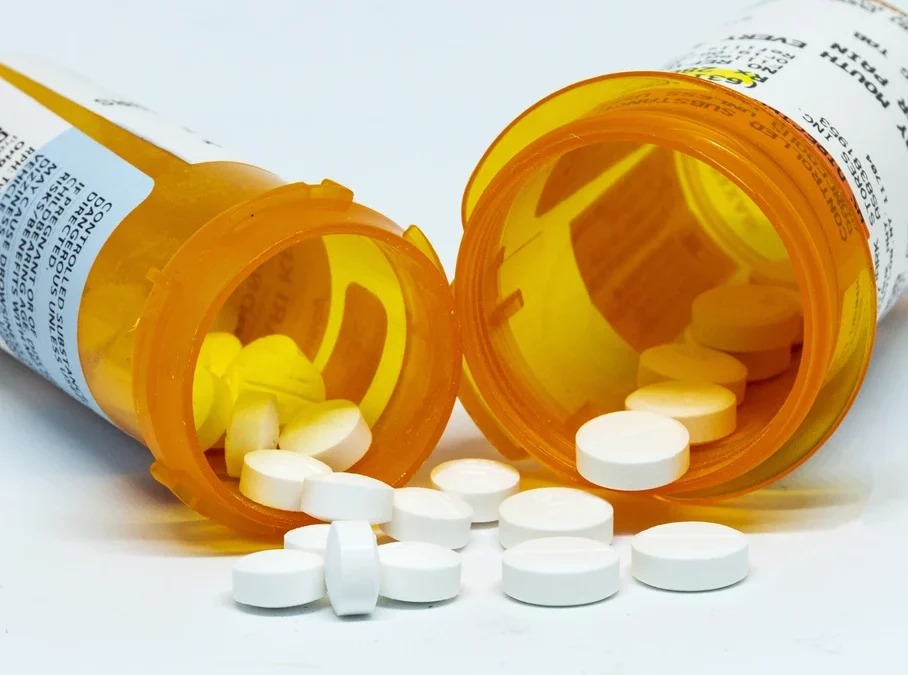It has been 15 years since the widespread adoption of biosimilar medications in the European Union. Ten years later, in March 2015, the first biosimilar was approved by the FDA for use in the United States. Unlike the EU, biosimilars have struggled to take hold in American healthcare. However, the proven efficacy, safety, and cost savings of biosimilars make them a valuable weapon in the fight for more access to lower-cost medications in the United States.
What is a biosimilar?
Just like a generic medication is an alternative to a brand name drug, a biosimilar is an alternative to a biologic drug, but with a few caveats.
Biologic drugs, or a biologic, are made from proteins or pieces of proteins found in living reference products (e.g., yeast, bacteria, or animal cells).
Biologics are gaining popularity as they work to stimulate the body’s immune system to fight a range of conditions, including cancer, multiple sclerosis, and rheumatoid arthritis.
A biosimilar drug is “highly similar to” and has no “clinically meaningful differences” from an existing, FDA-approved biologic.
Like the generic-to-brand relationship, manufacturers develop biosimilars to mimic biologics, and they undergo a strenuous FDA approval process to ensure safety and efficacy. Biosimilars, like generics, may also be less expensive than their biologic counterpart.
Unlike the generic-to-brand relationship, biosimilars are not exact replicas of biologics. While generic drugs are chemical copies of brand-name medications, biosimilars use the same natural reference material as the biologic but are not chemically the same. The FDA has approved automatic substitutions of generics for brand-name drugs, biosimilars are not interchangeable with biologics. Instead, biosimilars provide an alternative treatment.
Biosimilar Adoption In the United States
As of March 2021, there are 29 FDA-approved biosimilars in the United States. The European Union has 58 approved biosimilars in circulation. Improved consistency in production and more detailed analyses of biosimilar efficacy have bolstered higher adoption rates overseas.
In a recent publication from the Center for Biosimilars, Ana Hidalgo-Simon, head of advanced therapies for the European Medicines Agency, said about biosimilars:
Buy-in from physicians and patients and increased revenue analysis by payors are obstacles to increased adoption in the U.S. Awareness through education campaigns sponsored by stakeholders, specifically regarding biosimilar safety, could improve adoption.
Cost Benefits of Biosimilars
At 20% to 30% less than biologics, lower-cost biosimilars have the potential to shift drug costs across the pharmacy industry. One analysis estimated that biosimilars could reduce direct pharmacy spending by $54 billion between 2017 and 2026. Another study reported that 13 large employers would have saved $1.53 billion if one approved biosimilar had replaced a common biologic. The resulting patient out-of-pocket spend was 12% less with the biosimilar.
By adopting biosimilar coverage, employers could lower their overall pharmacy spending, resulting in a more significant budget for employee benefits.
For Self-Insured Plan Sponsors
Employers report that specialty drugs, including biologics, account for 1% of total pharmacy claims but 40% of total pharmacy spend. Ten of the 17 top commercial insurance plans do not offer preferred coverage for biosimilars. These two phenomena combined leave plan sponsors overpaying for drugs that have proven safe alternatives.
Self-insured plan sponsors have a unique opportunity to spearhead the movement toward biosimilar adoption. By creating plan designs and benefit strategies that promote the utilization of biosimilars, self-insured companies can significantly lower plan and patient costs while improving patient access to treatment.
Updated: May 17, 2021

